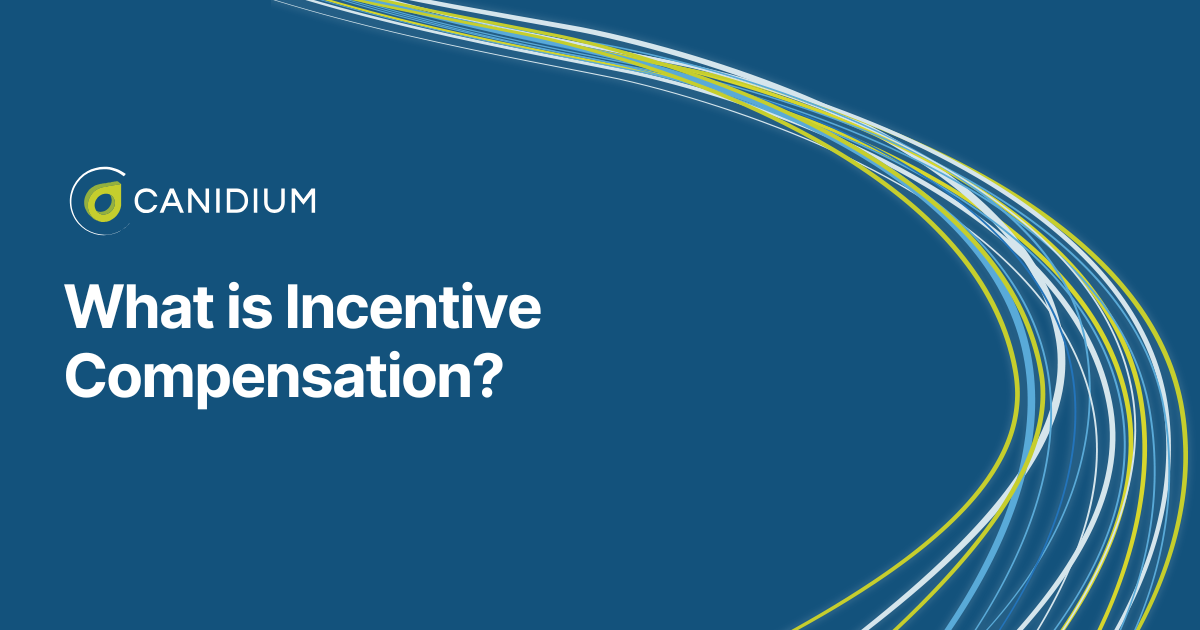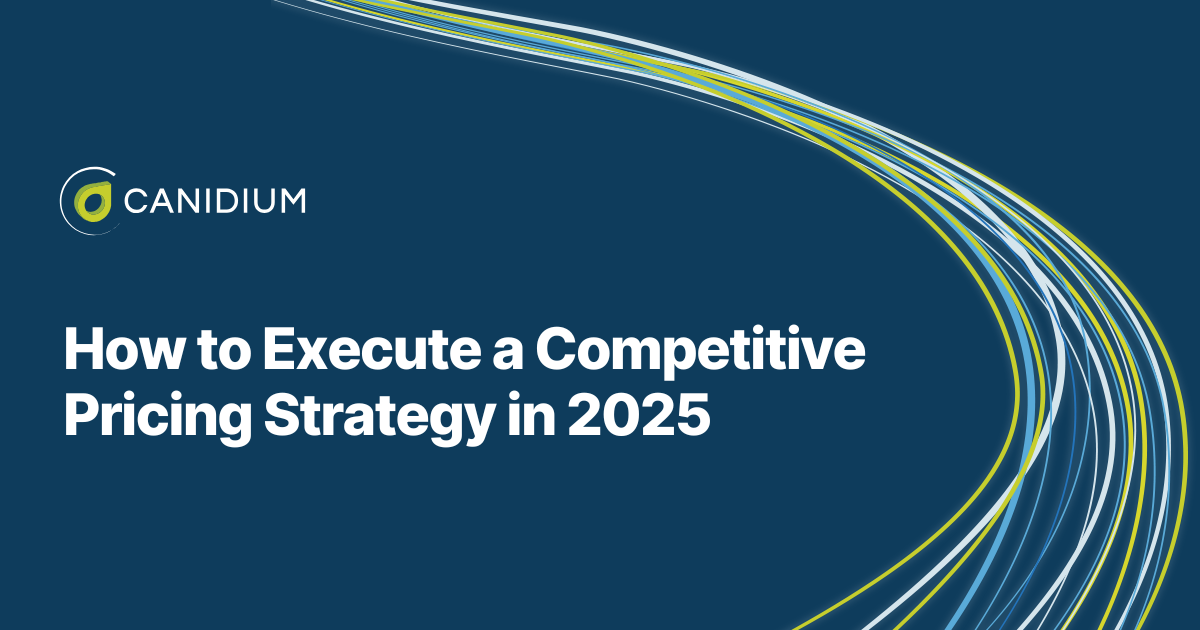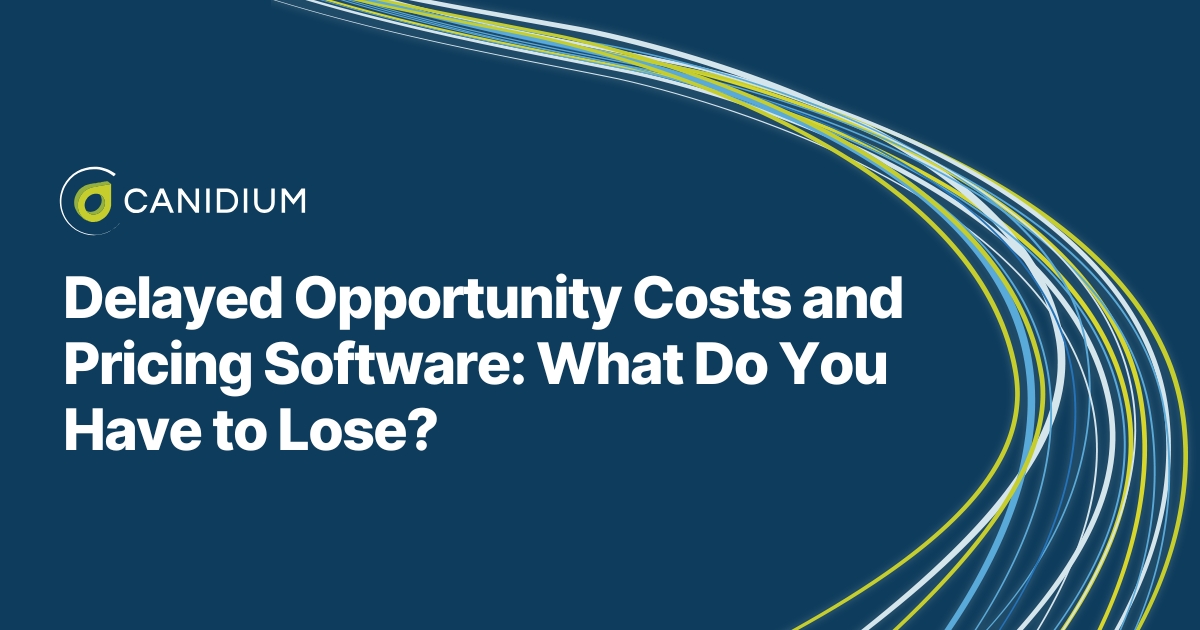Incentive compensation is a form of payment designed to reward employees—particularly in sales roles—for meeting specific performance milestones. This type of additional compensation aligns employees' efforts with broader business goals, boosting productivity and driving revenue growth. Various forms of incentive compensation exist, including bonuses, stock options, profit sharing, and commission-based payments, all of which are designed to motivate employees to go above and beyond what they do for their basic salary.
This article covers everything you need to know to start leveraging incentive compensation structures at your organization, including common plan structures, challenges, and solutions.
Strategic Importance of Incentive Compensation
Incentive compensation plays a pivotal role in motivating employees to excel. It aligns their contributions with the organization's strategic objectives. Properly structured, it can significantly enhance performance standards, improve retention, and promote accountability within the workforce.
.png?width=1920&height=1080&name=Heading%20(20).png)
Long-term vs. Short-term Incentives
Incentive programs are typically categorized into long-term and short-term incentives:
- Long-term incentives, such as stock options and restricted stock units, vest over an extended period and are designed to align employees' interests with the organization's long-term success.
- Short-term incentives are awarded based on achieving immediate goals, using bonuses or commission-based structures to incentivize quick results.
Incentive compensation structures vary widely across industries and company sizes, each tailored to drive specific business outcomes and employee behaviors. Below are several types of incentive compensation structures, along with examples and implementation tips for each:
.png?width=1920&height=1080&name=Heading%20(19).png)
1. Commission-Based Compensation
A sales commission structure under which representatives earn a percentage of revenue from the sales they generate.
Commission-Based Incentives Implementation Tips:
- Define clear performance level thresholds and percentage rates.
- Use a tiered structure to incentivize outstanding performance.
- Implement real-time tracking and reporting tools to keep employees informed of their earnings and sales goals.
2. Bonuses
Annual bonuses, retention bonuses, or a cash bonus based on company profitability or individual performance.
Bonuses Implementation Tips:
- Develop measurable metrics for what triggers a bonus payout to promote individual goal setting.
- Align bonus criteria with key performance indicators (KPIs) that support business goals.
- Communicate the potential payout range to keep employees motivated throughout the year.
3. Profit Sharing
Employees receive a share of the company’s profits, distributed quarterly or annually.
Profit-Sharing Plan Implementation Tips:
- Determine the percentage of profits that will be shared with employees.
- Regularly update your entire team on the company's financial performance to keep them engaged.
- Ensure the profit-sharing formula is perceived as fair and directly tied to company strategy.
4. Stock Options and Equity-Based Compensation
Employees are granted options to buy company stock at a discounted rate after a certain period.
Equity-Based Incentive Payment Implementation Tips:
- Clearly define vesting periods and exercise terms.
- Educate employees on the value and potential of equity compensation.
- Use this structure primarily to retain high-performers and align their interests with long-term company success.
5. Performance Shares
Employees earn shares of the company based on achieving specific performance metrics.
Performance Shares Implementation Tips:
- Link share distribution to hard, measurable targets (e.g., revenue growth, customer satisfaction scores, or other organizational goals).
- Regularly review and adjust targets to ensure the key features of your incentive compensation plan design remains challenging yet achievable.
- Communicate how performance shares fit into the broader sales commission and career progression framework.
6. Non-monetary Recognition
Employee of the month recognition, extra vacation days, or special retreats for top performers.
Non-Monetary Incentives Implementation Tips:
- Identify what forms of recognition resonate most with your employees.
- Make the recognition public to enhance its impact on team performance and encourage others.
- Pair non-monetary incentives with other forms of rewards for a well-rounded approach.
7. Tiered Incentive Plans
Sales incentives that increase in percentage as salespersons surpass certain revenue thresholds.
Sales Performance Incentives Implementation Tips:
- Establish clear, incremental sales targets.
- Communicate the steps and potential financial rewards at each tier.
- Ensure systems are in place to track sales rep progress transparently and accurately.
8. Goal-Based Incentives
Payouts or rewards are given when sales reps meet specific short-term goals, such as completing a project ahead of schedule.
Performance Goals Incentives Implementation Tips:
- Define specific performance measures and develop attainable, relevant, and time-bound (SMART) goals for your sales team.
- Offer immediate rewards upon goal achievement to maintain motivation.
- Regularly review and adjust goals to ensure they align with evolving business needs.
Incentive-Based Compensation Implementation Considerations
When designing and implementing any incentive compensation structure, consider the following to enhance effectiveness and acceptance:
- Transparency: Clearly communicate how the incentive plan works and how employees can achieve the rewards.
- Fairness: Ensure the plan is fair and offers equal opportunities for all eligible employees.
- Scalability: Design the plan to scale as the company grows.
- Compliance: Make sure the plan complies with all relevant laws and regulations.
By tailoring the incentive structure to your organization's specific needs and focusing on clear communication and fairness, you can significantly enhance your employee engagement.
Developing Effective Incentive Compensation Plans
Best practices in creating effective incentive compensation plans include:
- Clear Structure Definition: Identify which teams are eligible for incentives and tailor compensation structures to influence behaviors directly under their control.
- Consistent Performance Metrics: Utilize consistent, measurable KPIs to assess performance accurately and ensure fair compensation.
- Reliable Payout Systems: Ensure that incentives are paid out promptly and accurately to maintain employee trust and motivation.
- Transparency: Provide employees with clear, understandable information on how their incentives are calculated and paid.
- Regular Reviews and Adjustments: Continuously evaluate the effectiveness of incentive programs and make necessary adjustments to align with changing business goals.
Incentive Compensation Program Challenges and Solutions
While incentive compensation is beneficial, it can also present challenges. For instance, the competitive nature of some incentive designs can undermine teamwork. Alternatively, poorly designed plans may incentivize undesirable behaviors or add to existing administrative burdens.
Addressing these challenges requires thoughtful design, incorporating safeguards like clawback clauses, and investing in robust incentive compensation management tools to streamline administration and maintain program integrity.
.png?width=1920&height=1080&name=Agenda%20(3).png)
Leveraging Incentive Compensation Management Software and Implementation Expertise
Implementing a successful incentive compensation plan often requires specialized software solutions that integrate seamlessly with your existing systems. Incentive compensation management solutions like Xactly, SAP SuccessFactors Incentive Management (SFIM), Varicent, or Pricefx's Sales Compensation Manager provide automation and real-time data insights that allow you to manage and optimize compensation plans effectively.
By partnering with a software implementation partner like Canidium, you gain access to our deep expertise in incentive compensation management software. As your partner, we help you design and implement the necessary infrastructure to host additional compensation and incentive programs. At the same time, we ensure you have the tools you need to create variable compensation strategies that not only motivate sales behavior but also drive employee performance toward strategic business objectives efficiently and effectively.
Check out this guide to implementation planning to learn more about the process of installing incentive compensation management software at your organization.








